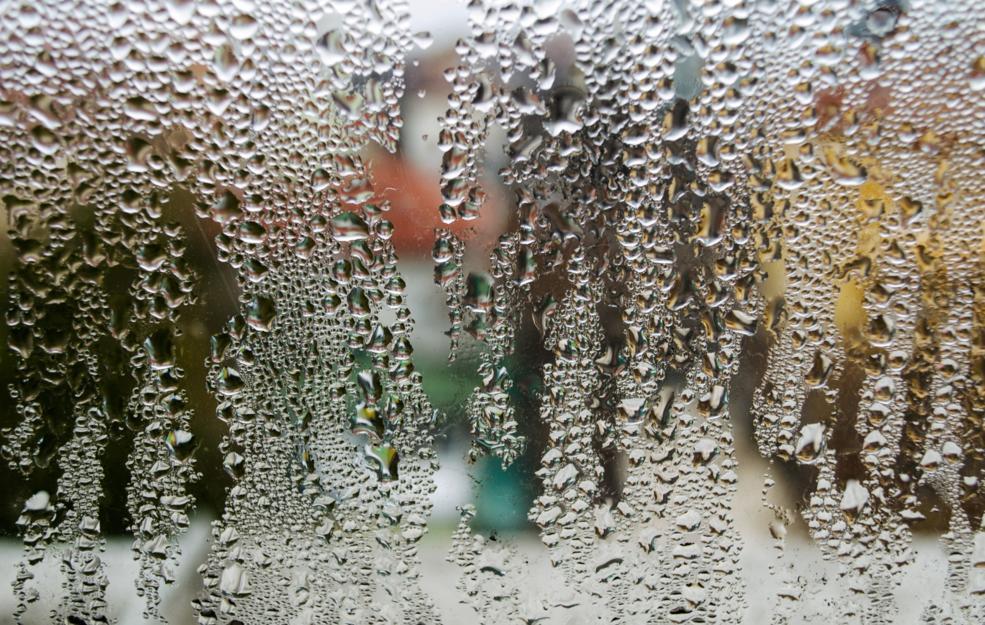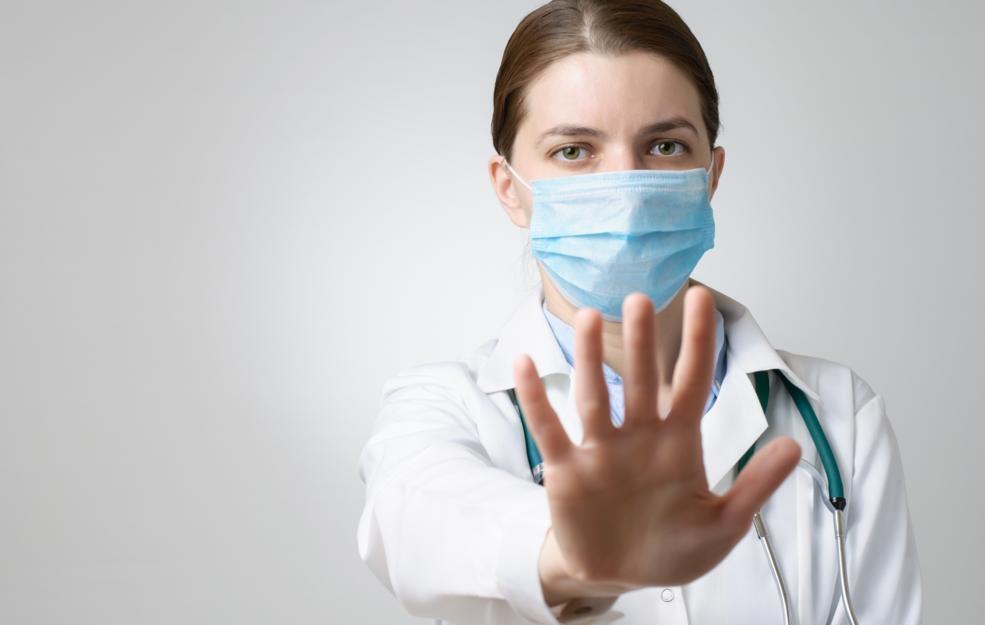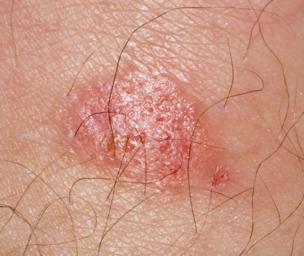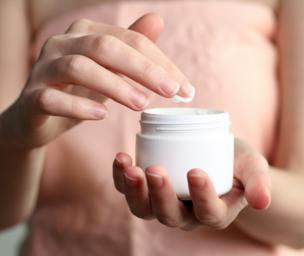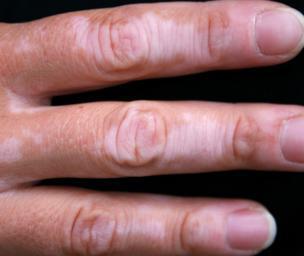What Does Jock Itch Look Like?
What Is Jock Itch?
Jock itch is also known in medical terms as tinea cruris. It belongs to a group of fungal skin infections which are known as tinea. “Jock itch” is considered to be a common term for any rash that appears in the male groin region. It is known to be exclusively confined to males, but it can also be seen in females. Jock itch is basically caused due to a local fungal infection known as dermatophytes. This fungus, which can only be seen under a microscope, is known to naturally thrive on the skin as well as the nails and hair. Most of the time, it is harmless, but there are instances where it can multiply quickly and also lead to infections the moment they come into contact with moist and warm regions.
Apart from this fungal infection, jock itch is also known to be caused due to moisture, the overgrowth of bacteria, or irritation in that region. Jock itch can lead to a very intense form of itching which is associated with a pink or red colored rash that also involves the groin folds and the genitals. Jock itch is known to be primarily a skin condition caused in men due to anatomic structures that are mostly unique in males and the male genitalia.
What Does It Look Like?
The symptoms associated with jock itch have a tendency to come and go and, in most cases, it will resolve on its own without any need for treatment. As mentioned earlier, it is seen primarily in the groin region, however, it can spread to other parts such as the inner thighs, anus, and genitals, which would include the penis, scrotum, the opening of the vagina, labia, and scrotum. Jock itch leads to a red or pink colored rash on the sides of the groin folds. This rash can be dry and well-demarcated or a scaly rash. It can also turn out to be a collection of small, red or pink bumps at each of the hair follicles. When it forms this type of eruption, it can lead to ringworm due to the well-defined edges with a central form of clearing on it. The medical term for ringworm caused in the groin region is tinea curitis, and it is also caused due to a fungal infection.
Jock itch is seen as a common occurrence in individuals who are healthy, but those who suffer from diabetes or obesity are also very prone to this condition. Below are a few of the common symptoms that an individual may experience when they are suffering from jock itch:
- Changes in the color of the skin
- The affected region would turn red
- In the affected region, the individual would have a constant itching sensation
- The skin of the affected region would be peeling, flaking, or cracking
- There would be a burning sensation at the affected region
- If, during the course of the jock itch infection, the individual carries out exercise or any other physical activity, it would lead to worsening of the rash.
- A rash would form that does not seem to improve on its own or has a tendency to worsen as time passes, or it can also spread to other parts of the body through the use of over-the-counter anti-itch creams, such as hydrocortisone.
Causes
Jock itch is said to be caused due to a group of fungi known as dermatophytes, and they naturally live on the skin without causing any kind of trouble, but when an individual wears sweat-soaked clothes after any exercise or physical activity, or if the length of exposure to moisture increases, these can also lead to the growth and multiplication of the fungus. This would happen rather quickly. When there is an overgrowth of dermatophytes in the groin region, it can lead to the infection known as jock itch. The fungus that is known to cause jock itch is very contagious, and one can get it through close contact with an individual who is already infected with the fungus. At times, it can also be contracted when one comes into contact with unwashed clothing of an infected person. Those individuals who are obese or overweight are also very likely to experience jock itch since this fungus is known to thrive on the folds of the skin that are prone to sweating. Hence, as a preventive measure, it is very important to wash the groin region properly with water and soap. The same should be done for the armpits.
Risk Factors
A jock itch infection is quite commonly seen in adults as well as middle-aged men, but anyone can get affected by this infection at any point in their lives. However, there are certain groups of individuals who are more prone to developing this condition. Those individuals who suffer from diabetes, obesity, have an impaired immune system due to certain illness such as HIV, chronic medical conditions, systemic chemotherapy, cancer, or hepatitis are at a higher risk for the infection. It can also occur in those who are taking medications like immunosuppressive medications, which would include prednisone, Etanercept, and infliximab. A few of the other risk factors include excessive sweating without cleaning it up properly, constant exposure to heat, humidity, moisture on certain areas of the skin (i.e., the male genitalia), exercising during the infection and not changing clothes instantly once done, wearing tight fabrics or undergarments, and already having certain other infections such as athlete’s foot or any other form of fungal infection.
Treatment
There are various treatment options and skin care routines to be followed to deal with the jock itch infection. Since the two most primary causes of jock itch are moisture and fungal infections, the treatment would also be linked with treating the underlying cause of the issue. The treatment of jock itch is known to be associated with irritation of the skin and excess moisture, hence, the individual should first address these general issues of maintaining clean hygiene and ensuring the groin area is kept clean and dry most of the time. The individual can also use antifungal creams for a period of two to four weeks on a continuous basis. Clotrimazole is one of the creams that is deemed effective in treating both the dermatophyte molds as well as the candida yeast. It can be bought with a doctor’s prescription from local health stores. However, one should note that no one therapy works for all people.
Below are a few home remedies for mild cases of jock itch:
- Ensure to the wash the skin of the groin at least two to three times a day.
- The groin region should always be kept dry from any kind of moisture.
- Avoid any kind of excess groin skin irritation by wearing cotton undergarments or clothes.
- Avoid the use of harsh laundry detergents, softeners, and bleaches.
- Be sure to wash your hands after coming in contact with the infected groin region.
- The clothes of those individuals who are infected with the fungus should be washed separately.


